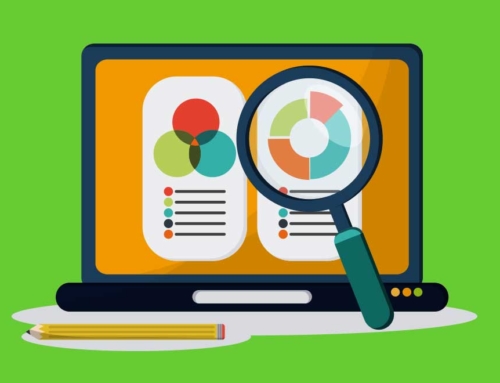
Last month in our blog “Brand “IT” Factor” we talked about the concept of the buyer persona and how to build it (if you haven’t checked that one out you really should. Today we’re talking about how you can use that persona to guide your marketing strategies and content building.
Before we begin let’s take a look at our example buyer persona for our hair gel company, Chad.
Hair Gel Buyer Persona:
Chad a bartender at an upscale restaurant who is single and ready to mingle.
He is a male, 23 years old, and makes $45,000/yr. Chad lives in Chicago.
Chad enjoys his job, but also enjoys that it gives him lots of free time during the day. He likes people and being social, spending lots of time with friends and dating. His looks are important to him as is being able to achieve specific hairstyles.
He wants to become management at his job and knows that appearances are important in the world of hospitality and service.
While he cares about his appearance, Chad does not want to buy excessive amounts of products or spend too much money. He does well, but prefers to spend money on experiences, not products. Chad wants the right product for the right job.
This definition of the ideal customer can serve as a guide to where we want to advertise and what type of content will work best.
STEP 1 – Where do we find Chad?
Finding where our ideal customer requires research, but don’t be afraid to listen to your gut as well. Although many products on the market may be developed by larger corporations that have teams dedicated to product creation, as a small business you probably relate to your ideal customer already. In the case of Chad we know certain things about him:
- 23 year old male
- Enjoys being social
- His looks are important to him
- He’s ambitious and wants to move up in the world
Using these key factors we can extrapolate a few things:
- Chad wants to be where he can “see-and-be-seen”
- Chad wants to keep up with events his friends are participating in
- Chad will likely use images, i.e. selfies, in his social media
- Chad wants to stay on top of things related to his job aspirations
Doing a little simple research* shows us that males like Chad are primarily on Facebook and Instagram (convenient since they share an ad platform and can easily cross promote content). And he is very likely spending a good amount of time on YouTube. Since he’s going to be spending time online, it makes sense to use Google Ads to target him across platforms and sites. So our initial testing should be on the following platforms:
- Facebook/Instagram (with content originating from Instagram)
- YouTube ads and pre-roll videos
- Google ads
The research also shows us that the following sites are far less likely to produce the desired results:
- Pintrest – the demographic is primarily female
- TikTok – the demographic is younger and female
- Twitter – the male demographic is older
STEP 2 – What is Chad interested in?
Now that we know where we expect to find Chad we need to start generating relatable content. The best way to do that is to key in on his interests and have the content reference it. Again, our buyer persona lays out very clearly things he likes to do: be social, dating, and enjoying his leisure time. So images and videos that feature:
- Friends together in celebratory situations
- Nightclubs
- Happy couples in luxury environments
Making sure that our message can be equated to these elements will help build trust and affinity in your offering.
STEP 3 – Building and sharing the content
Now that we know where to find Chad and what interests him, the time has come to create our content. Based on the buyer persona we know that we need to create image and video content. We can get pretty deep in the weeds when it comes to the specifics of content creation (and if you need help give us a call). By using all the things we’ve broken down you know that the best content will be visual and ready for Instagram and YouTube.
I hope that this has helped point out the value of building a buyer persona. In a world where people are being shown advertising at every moment of the day it helps to make sure that you are speaking to a very specific audience.
Next week we’re going to talk about how Covid-19 has altered buying habits. Stay tuned!
* Sprout Social “New social Media Demographics” & Pew Research






Leave A Comment